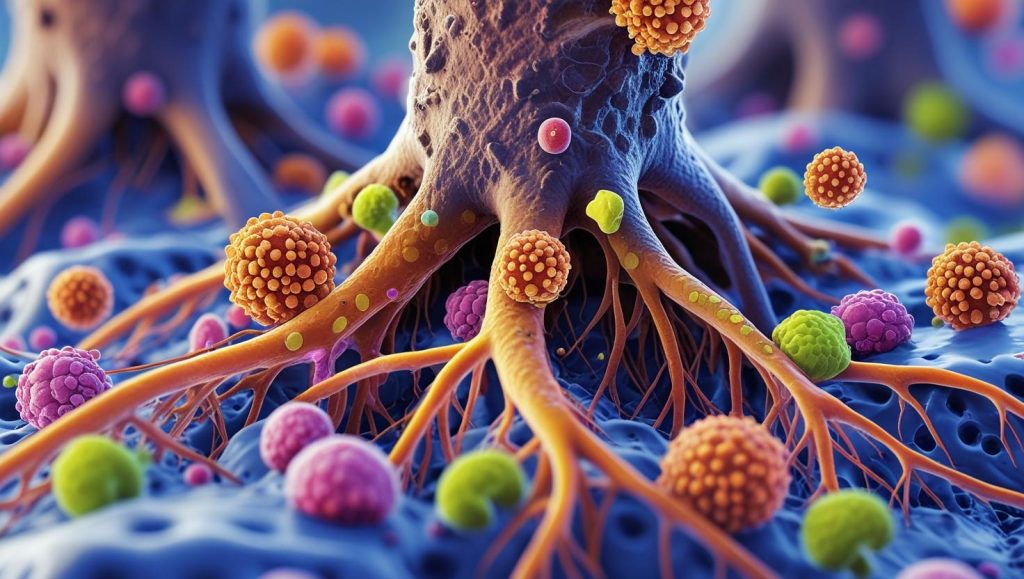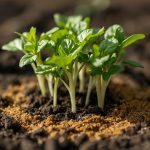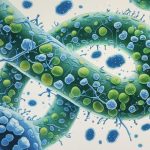In a fascinating twist of nature, plants don’t just grow roots and leaves—they can build entirely new organs in response to microbial, parasitic, or symbiotic interactions. This astonishing process, called symbiosis-induced organogenesis, is the focus of a new review that reveals how five major hormones—auxin, cytokinin, gibberellin, ethylene, and abscisic acid—coordinate the formation of galls, nodules, and haustoria.
From nutrient-gathering nodules in legumes to parasitic haustoria that siphon off a host’s resources, these organs rely on shared genetic and hormonal pathways. And plants, it turns out, are masters at reprogramming their tissues to serve either friend or foe.
“This plasticity showcases the evolutionary brilliance of plants,” said lead author Dr. Min-Yao Jhu from the University of Cambridge. “They can adapt their growth in real time to external biotic cues.”
Key Insights
- Auxin acts as the architect of all three organs, triggering cell division and vascular tissue formation.
- Cytokinins coordinate cellular reprogramming and support auxin signaling across systems.
- Gibberellins and ethylene play dose- and context-dependent roles, balancing development and defense.
- Abscisic acid (ABA) suppresses nodule and haustorium initiation but promotes vascular differentiation in haustoria.
- Plants co-opt lateral root development pathways to initiate gall, nodule, and haustorium formation.
Examples in Action
- Nodules form when legumes encounter nitrogen-fixing bacteria, creating nutrient-exchange organs.
- Galls are induced by root-knot nematodes that hijack host development to create feeding sites.
- Haustoria in parasitic plants like Striga or Cuscuta invade host roots or stems to extract nutrients.
Despite different evolutionary origins, these structures show remarkably similar genetic and hormonal blueprints.
Why It Matters
Understanding how plants construct these organs underlies:
- Biotechnological tools for sustainable agriculture (e.g., improving nodule efficiency)
- Strategies to combat parasitic weeds and nematodes in crops
- Insights into regenerative plant biology and de novo organ formation
- Cross-species conservation of gene regulatory mechanisms in plant development

Reference
Jhu, M. Y., de Souza, V. H. M., & Schiessl, K. (2025). From hosts to parasites: hormones driving symbiosis-induced de novo organogenesis. Trends in Plant Science. DOI: 10.1016/j.tplants.2025.05.015







